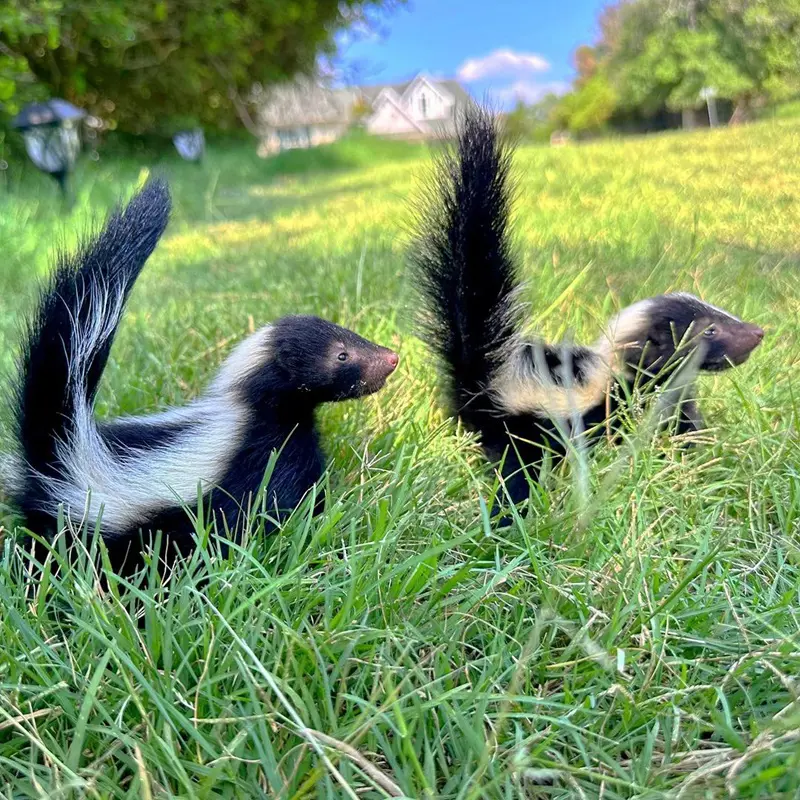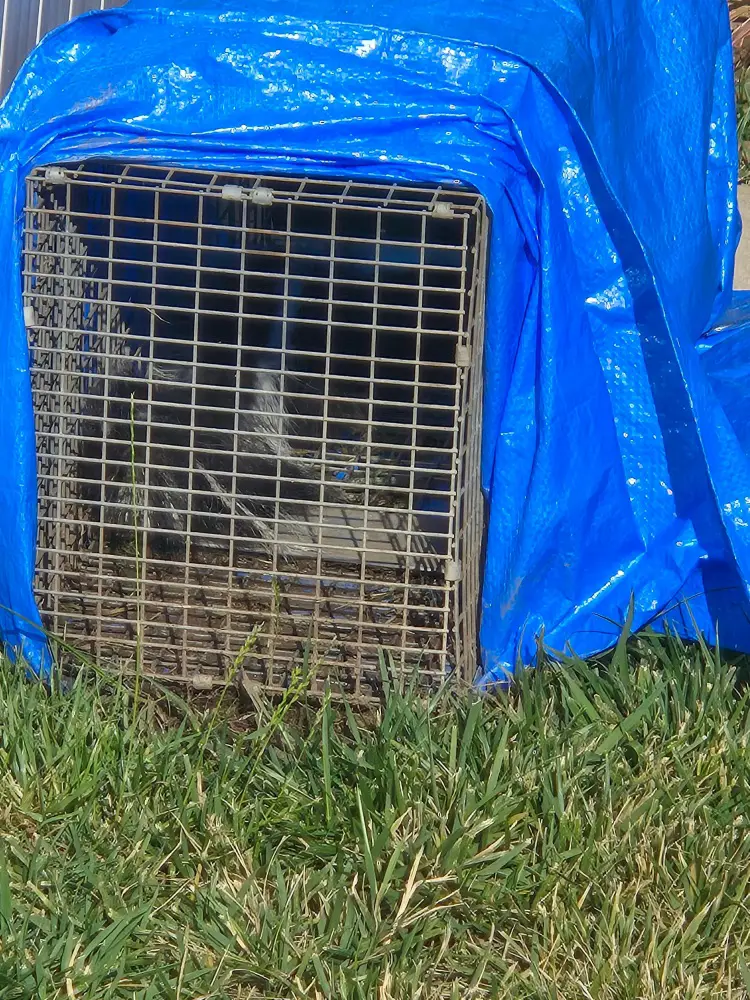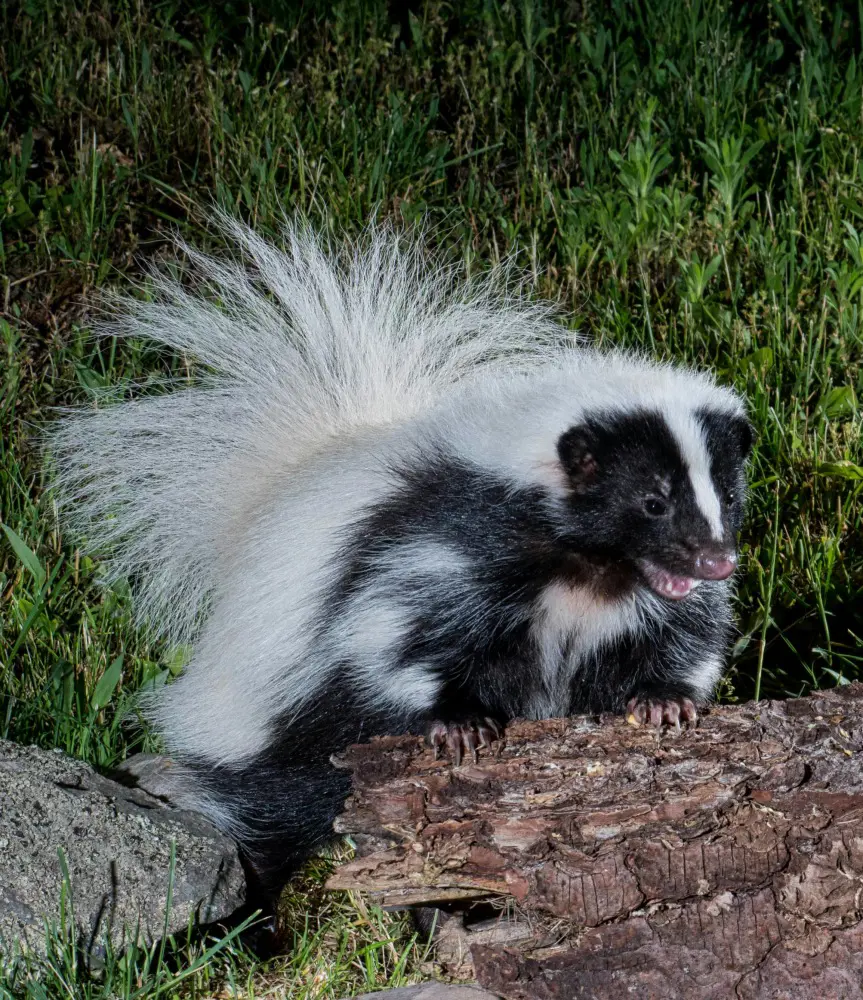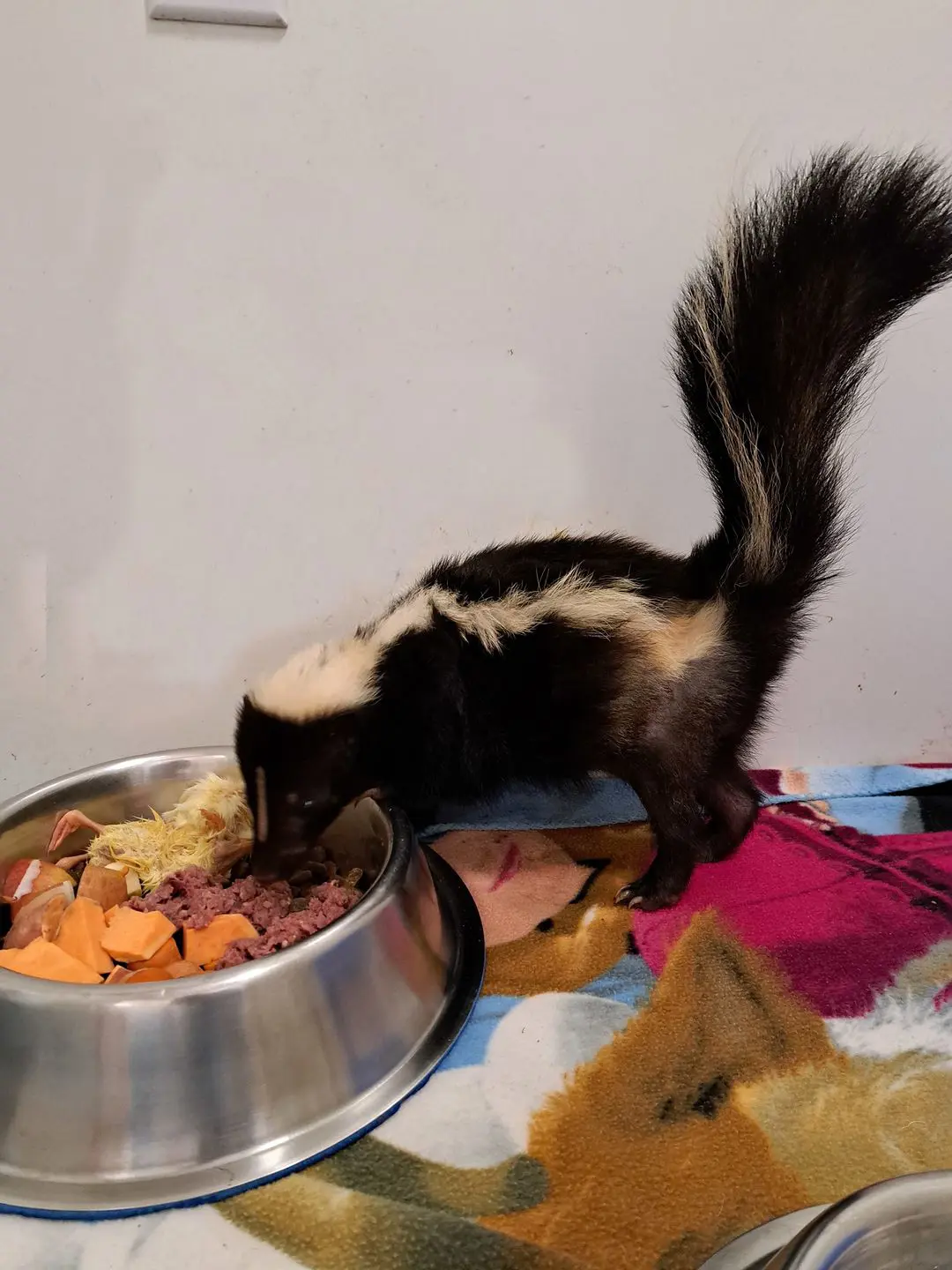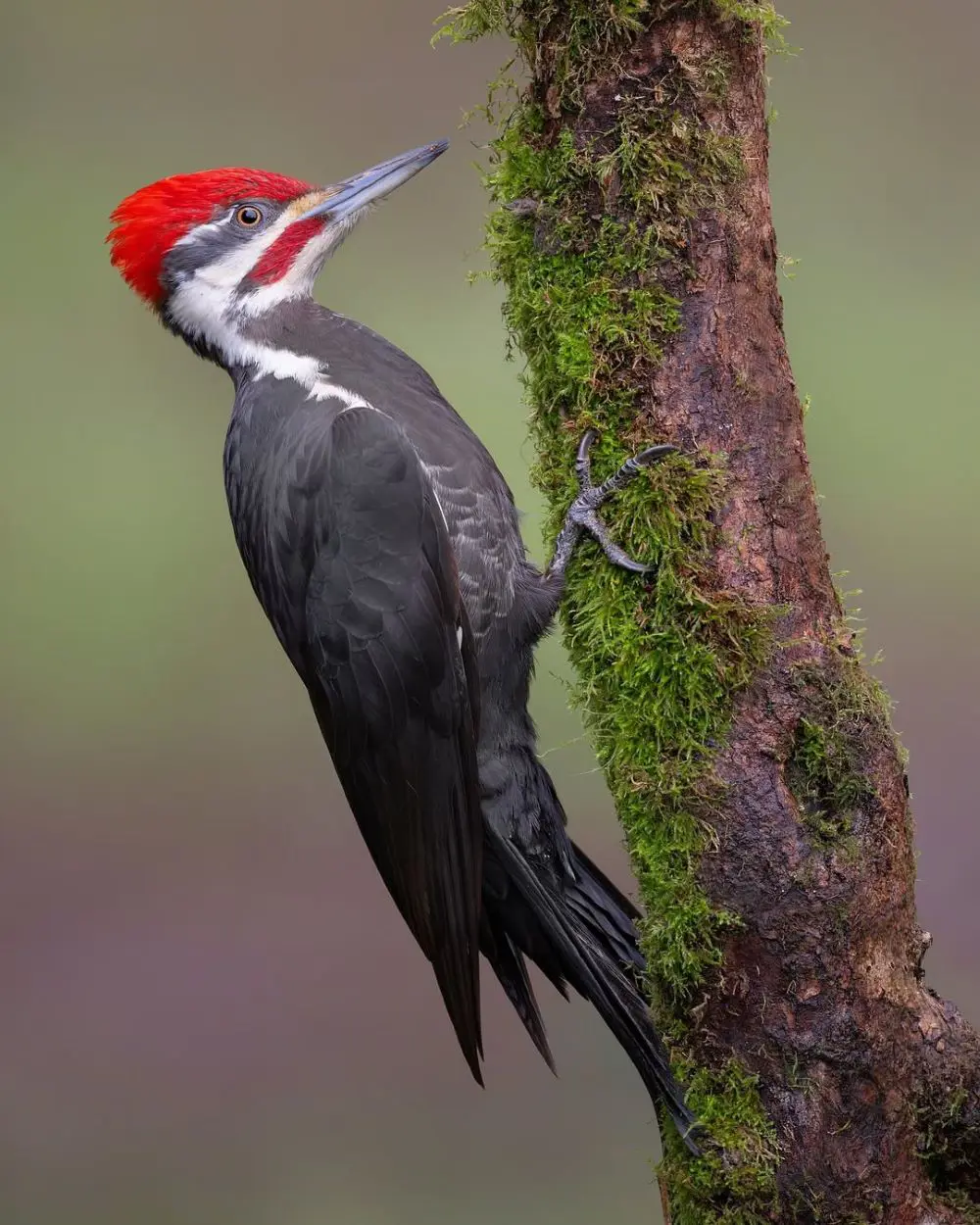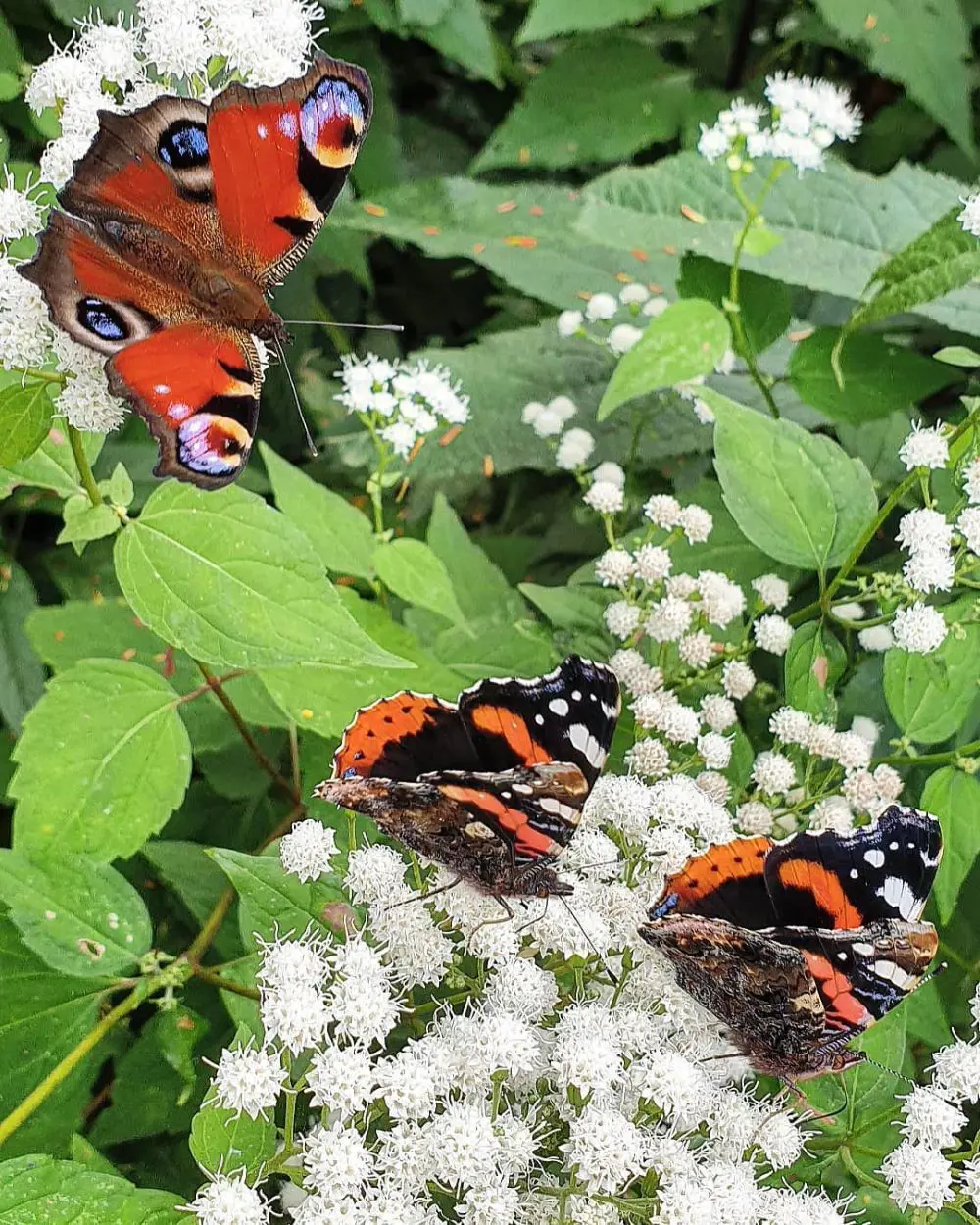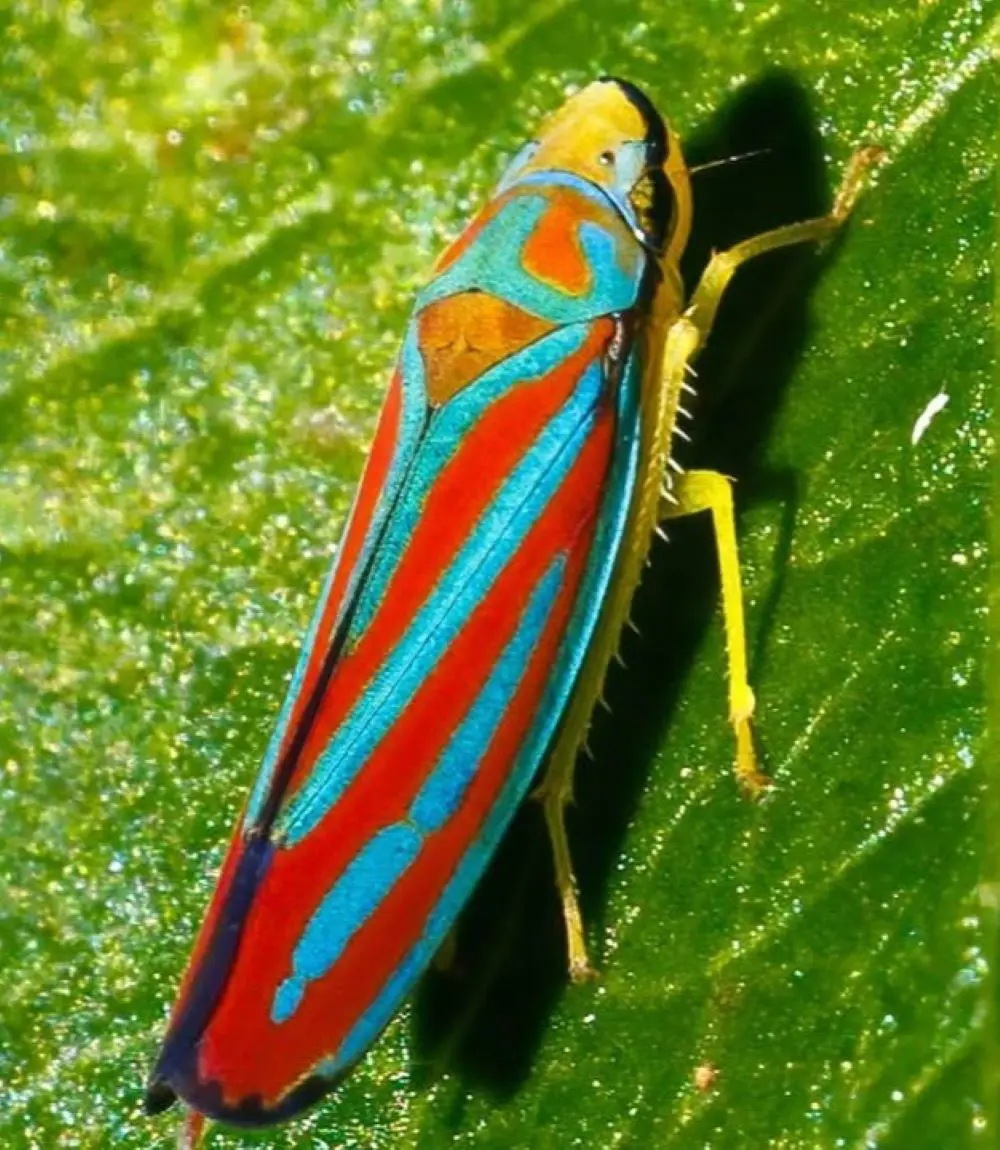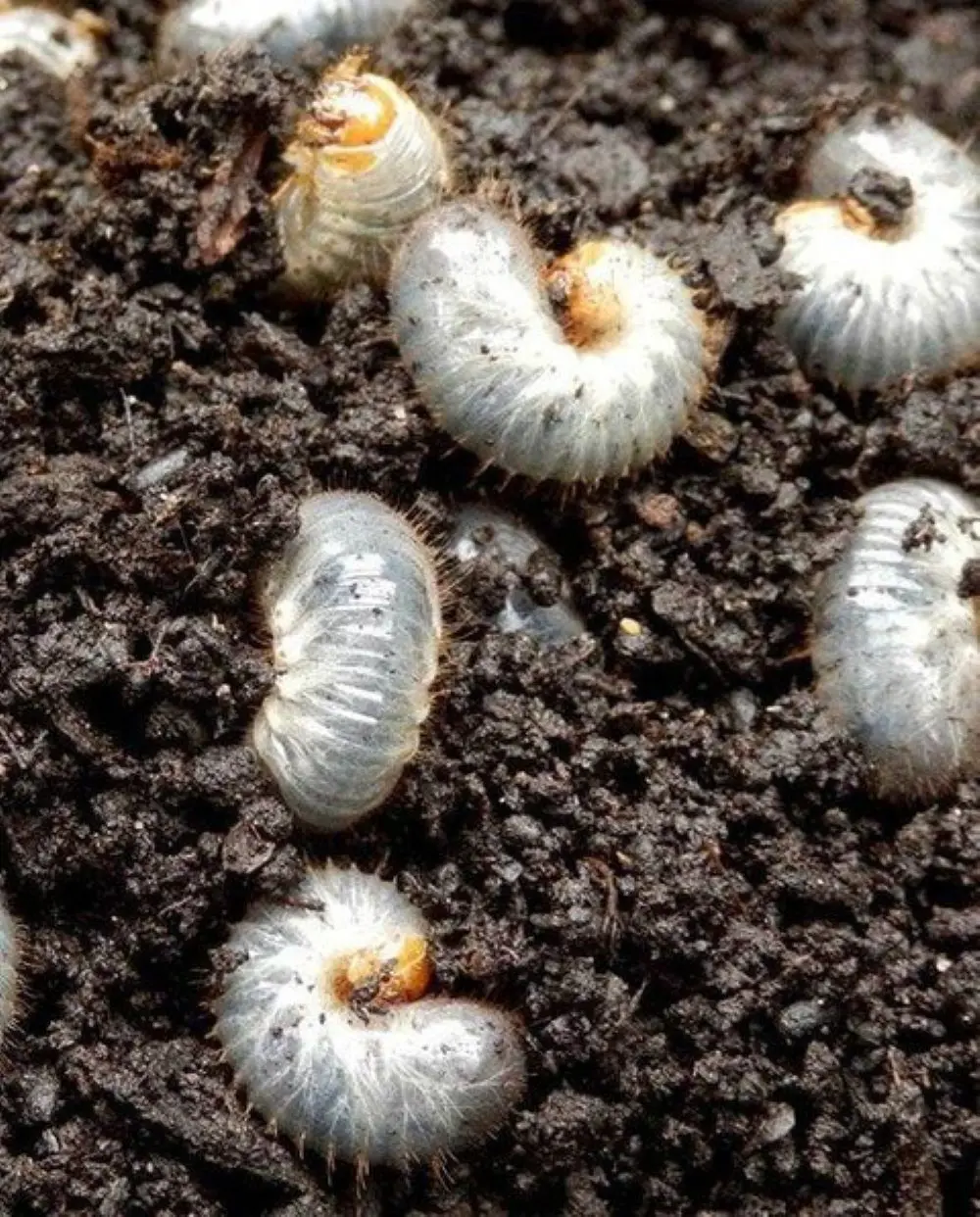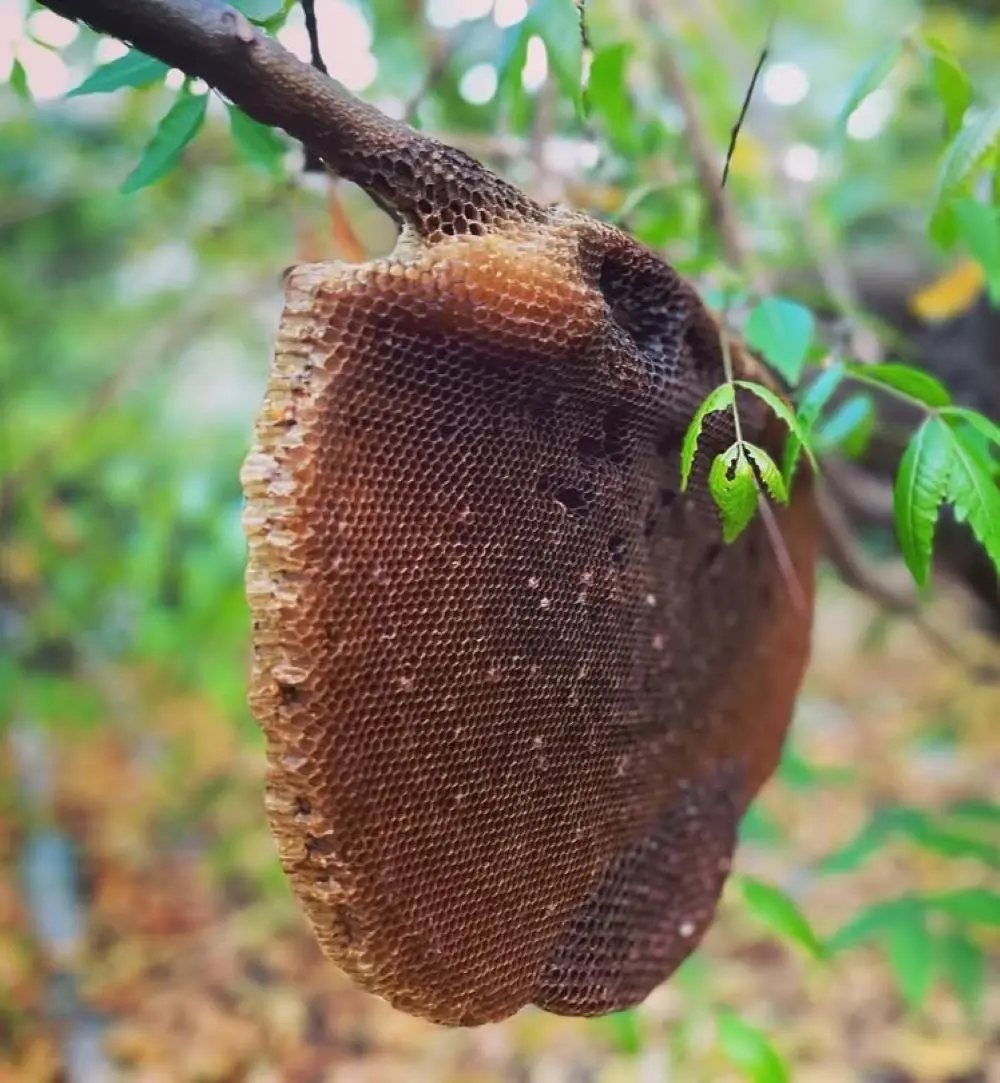What is a Skunk?
- Phylum: Chordata
- Class: Mammalia
- Order: Carnivora
- Family: Mephitidae
- Genus: Mephitis
A skunk is a small to medium-sized mammal. It is known for its distinctive black-and-white coloration and its ability to spray a foul-smelling liquid as a defense mechanism. Skunks typically have black fur with white stripes or spots.
Most skunks are about the size of a house cat, weighing between 4 and 10 pounds and measuring around 20 to 30 inches in length, including the tail.
They are highly adaptable and can be found in a variety of habitats, including forests, grasslands, and urban areas. They often make their dens in burrows, hollow logs, or under buildings.
Skunks are omnivores in nature. Their diet includes insects, small mammals, birds, eggs, fruits, and vegetables. They are also known to scavenge in garbage cans and compost bins. Skunks are nocturnal animals. Although they have poor eyesight but definately have a keen sense of smell and hearing.
Skunk's Defense System
They are nature’s very own perfumer, specializing in a fragrance so potent it could knock a vulture off a garbage truck. These little critters have a unique ability to spray a foul-smelling liquid from glands under their tails. Not only that they can do it with the precision of a military sniper, hitting targets up to 10 feet away.
Talk about having a long-range weapon!
Interaction with Humans
Although Skunks can be beneficial because they help control insect and rodent populations. They can become a nuisance when they dig up lawns in search of food or when their dens are located under buildings.
If you or your pet gets sprayed by a skunk, it's crucial to address the odor quickly, as it can linger on skin and fur. Many believe tomato soup helps, but experts recommend a more effective solution:
- Mix 1 quart of 3% hydrogen peroxide (fresh is best), 1/4 cup of baking soda, and 1 to 2 teaspoons of liquid dish soap.
- Apply this mixture to the sprayed area, working it into the skin or fur with your hands, but avoid the eyes.
- Leave the solution on for about 5 minutes or until it stops fizzing.
- Rinse thoroughly with water.
- If the odor persists, repeat the process.
- Allow the area to air dry or towel dry. Avoid using a hairdryer, as heat can set any remaining skunk odor into the fur or skin.
- This remedy may dry out the skin, so follow up with a good-quality crème rinse to restore moisture once the skunk smell is gone.
